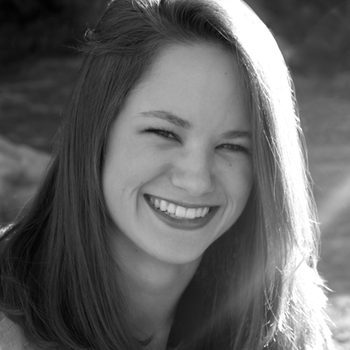Houston student: privileged white males too prominent in LGBTQ movement
“L,” “B,” “T,” and “Q” have apparently been left out of the LGBTQ community as privileged, white gay males take center stage in the media.
Student journalist Laura Gillespie wrote an article for the University of Houston Daily Cougar’s sex week issue arguing that bisexual and transgender individuals (among others) feel ignored by media depictions of the LGBTQ community. Scholars and LGBTQ experts tend to agree.
“There is not equal representation [in the media],” Lorraine Schroeder, director of the University of Houston’s LGBT Resource Center, told Campus Reform. “Gays and lesbians are lumped into one group, bisexuals are almost invisible, and transgenders are more represented than bisexuals, but still less than gays and lesbians.”
“Many non-trans gays and lesbians considered transgender issues to be more marginal, more deviant, less respectable and less important,” Susan Stryker, associate professor of gender and women’s studies at the University of Arizona and director of the school’s Institute for LGBT Studies, wrote in a New York Times article.
According to Gillespie, “the acceptance begins and ends with white, cisgender (meaning a person who identifies with the gender they were assigned at birth) gay men.” Just as other communities focus on white, straight men, Gillespie said, the LGBTQ community focuses on white gay men. This, she continued, quickly reverts the LGBTQ debate back to white privilege. “Those without benefit of white or male privilege still suffer heavily.”
White gay males have historically been the poster child for the LGBTQ movement because that was the picture of what gay was, Schroeder informed Campus Reform. Although Schroeder declined to directly agree with Gillespie’s claim that the debate over LGBTQ equality has shifted to white privilege, she did mention that “[w]hite males were more likely to be financially secure and they were able to donate to causes that represent their needs...the more privileged people got what they wanted, then end of story.”
In the Daily Cougar article, Gillespie argued that LGBTQ culture has also become centered on alcohol and bars. This, she said, leads individuals, particularly the young LGBTQ groups, to feel unsafe and unaccepted.
Schroeder explained that there has been a culture of bars and partying—more prevalent with gay men—because in the past, going to bars was the only way to meet someone who was gay. These activities seem to be decreasing because now there are other avenues to engage in the LGBTQ community.
Gillespie pointed out that the LGBTQ community displays “racist, transphobic and misogynistic behaviors,” and “push[es] white gay men into the forefront because it is safe to do so.”
Schroeder, however, refuted that comment, saying the community does not display these behaviors “any more than anybody else does.” Organizations, she said, are becoming increasingly aware of exclusivity concerns and are trying to advocate diversity by including people of different races, sexual persuasions, and genders in public roles.
The University of Houston’s LGBT Resource Center will be five years old in May. It offers programs such as movie nights depicting LGBT culture and Cougar Ally Training, which staff, faculty, and students can attend to learn about LGBT people in general and encourage an inclusive environment. The university also offers a GLBT Studies minor in the Women’s, Gender and Sexuality Studies Program.
Other topics in the Daily Cougar’s sex week issue included: how to define virginity, thoughts students have when having sex, how to choose the right birth control, and the prominence of sex in American media.
Follow the author of this article on Twitter: @BethanySalgado

